-
Posts
6,192 -
Joined
-
Days Won
131
Content Type
Profiles
Forums
Events
Classifieds
Posts posted by lavender
-
-
It's what give Earl Grey tea its distinctive flavor.
-
Cut off the bottoms of milk jugs and put them over your peppers when you first plant them. Leave the lids off. This gives them a fighting chance against insects until they get bigger. I do this with my eggplants if they are small and it saves them from being destroyed by flea beetles. New transplants have enough stress without having to deal with being gnawed on by bugs.
-
-
When I harden off my plants I do it in dappled sunlight. I'd never put them in hot sun until they go into the ground. Once they are hardened off they can go into direct sun. They go from my heated greenhouse into the large unheated one. I set them under the shelves so that the direct sun doesn't hit them. It gets really hot out there so they get accustomed to temperature changes. From there they go to an elevated platform under a tree where they get used to less water and wind. You can see the stems getting less succulent. They are semi-shaded and up away from the deer. From there they go into the ground with a dose of weak Miracle-gro.
I used to just plant in Miracle-gro potting soil but one year it was contaminated with fungus gnats. Ruined most of my seedlings. Now I plant in a soilless mix. I plant in a number of different ways. Some seeds go into flats, some in mini-greenhouses and some in pots. I like to experiment.
-
I think you are probably right about the pellets. I'm betting on the ph being too low. Peppers like a ph of 6-8. Too low a ph will cause yellowing. I found this:
"The pellets have a pH of approximately 5.3 and are wrapped in a thin, degradable net. Ideal for starting your seeds indoors! Just put a few seeds in each pellet and add water. The peat pellets expand into a self contained soil container held together thin netting."
I think pellets are ok for germinating but not for an extended period of time.
-
So how are the peppers?
-
On 5/20/2020 at 2:32 PM, Sanibel said:
This is interesting! Ant colonies farm them!
EcologyEdit
Bloodroot is one of many plants whose seeds are spread by ants, a process called myrmecochory. The seeds have a fleshy organ called an elaiosome that attracts ants. The ants take the seeds to their nest, where they eat the elaiosomes, and put the seeds in their nest debris, where they are protected until they germinate. They also benefit from growing in a medium made richer by the ant nest debris.
The flowers produce pollen, but no nectar. Various bees and flies visit the flowers looking in vain for nectar, for instance sweat bees in the genera Lasioglossum and Halictus, cuckoo bees in the genus Nomada, small carpenter bees (Ceratina), and bee flies in the genus Bombylius. Some bees come to collect pollen, including mining bees (Andrena), which are the most effective pollinators.[7][8]
The bitter and toxic leaves and rhizomes are not often eaten by mammalian herbivores.[8]
Thanks, I'll be checking to see if any of them are near ant hills. We have quite a few.
-
Update on the bloodroot. I had one plant growing under a tree. It has been there for years. There were also a few plants that were being kept for the spring plant sale. Suddenly, this spring I am finding bloodroot plants all over the yard. They are all new plants and didn't bloom this spring but I am looking forward to next year. They must seed like crazy when the conditions are right.
-
Boredom was alleviated by something I found in the greenhouse today. Once upon a time I bought a white bird of paradise plant. I saw them growing in baskets in Florida and thought I got lucky when I found one at Lowe's. There must be more than one kind as this one subsequently grew to 9 or 10 feet tall and has never bloomed. No it hasn't bloomed yet but it did produce something interesting. Lo and behold when I watered today I found an earthstar fungus growing in the pot. Don't have a clue as to where it came from as I have never seen one in the yard. Maybe the spores came in with the potting soil. Who knows? Isn't it great?
-
-
Here are the white ones and the pink ones. I have tried to isolate them so I would have a patch of pink and a patch of white. It hasn't been very successful although the white ones are more stable than the pink. Some of the blue ones get pink with age but the pink ones come out pink. They do have a hint of blue that is more evident in the pictures than on the plant.
-
Forget me nots! How cute! If you let them go they can be invasive but you will eventually get pink and white ones as they resseed. I love them.
-
-
-
More stuff is blooming. Let's start with the daffodils. I put in a mixed pack several years ago. They were a nice mix with some blooming early and some blooming late. Also a couple of hyacinths. They don't do particularly well in clay soil.
Had to download these from the cloud hense the small pics. My iphone is refusing to send pictures. Driving me crazy. I've tried everything but throwing it against the wall.
-
-
You are welcome. Let me know what is in those starter bags. I haven't used those in years but did find that they were difficult to water if not kept really wet. Some of the stuff at the back of the racks always gets overlooked. I plant too much every year.
-
Are you sure the water is getting to the roots? I would suggest that you give them a thorough watering rather than dribbling water on them. Those starter thingys that you germinated in are generally filled with peat moss that is very hard to wet once it has dried out. Peppers don't like wet feet but then again they don't like drying out either. Peat moss has a very low pH too. It is around 4.4. That would cause yellowing as well. I'd cut those bags open and at least give the plants some access to the soil in the pots. Even if it is a soilless mix it would better than what is probably in the bags.
Peppers grow slowly and the roots don't penetrate those starter bags for a long time. The tomato roots grow much more quickly so perhaps that is why they are doing better.
-
2 hours ago, littlebit said:
Thank you both. The patch I found is rather large and of all the wild flowers I have found I've never taken them all. Now to find a place for them and get some

Bet I know where that patch is. They are blooming now.

-
44 minutes ago, littlebit said:
I came across a wild flower the other day, found out it is bloodroot. Does anyone have any experience with this plant? I love bringing home living treasures!
They transplant easily and are quite hard to kill. I have some growing under an arborvitae where it is quite dry. Mine are growing in shade but I've seen them along the road in full sun. I found one a few days ago in a place where I didn't plant it so it seems that they reseed as well. Good luck with it This is one plant that seems to do well when you try to domesticate it.
-
2 hours ago, jaman said:
Spring is here. They are already mowing grass in Erie.
I suspect ours will be getting mowed out of sheer boredom. Hope it survives the shelter at home edict.
-
-
-






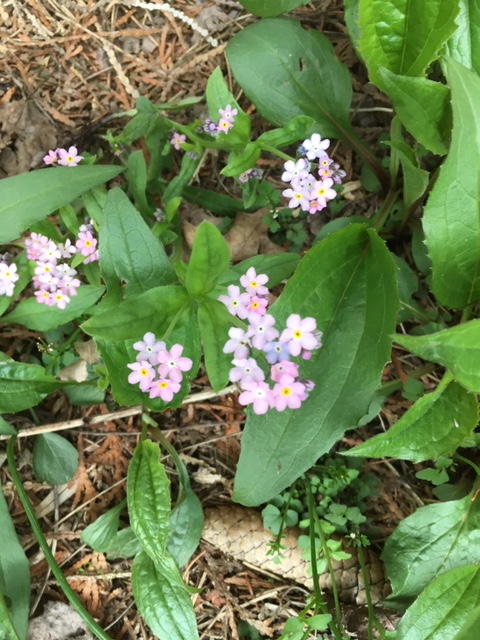
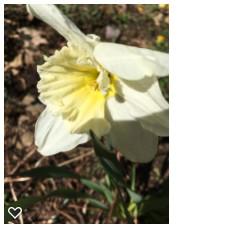
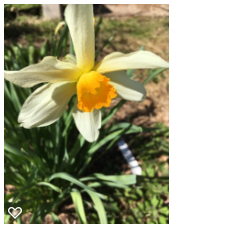
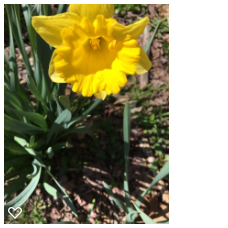
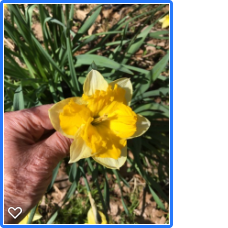
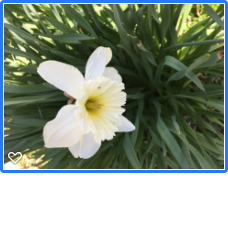
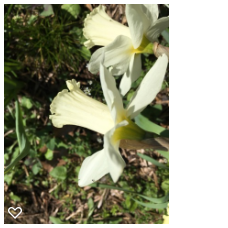
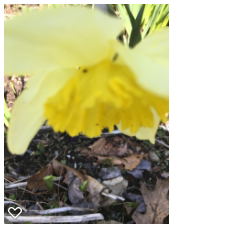
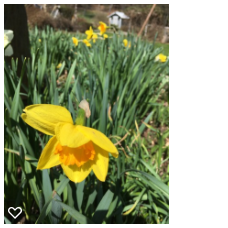
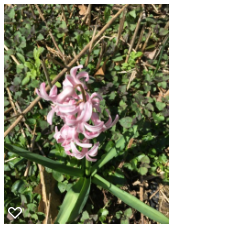
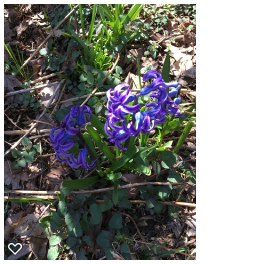
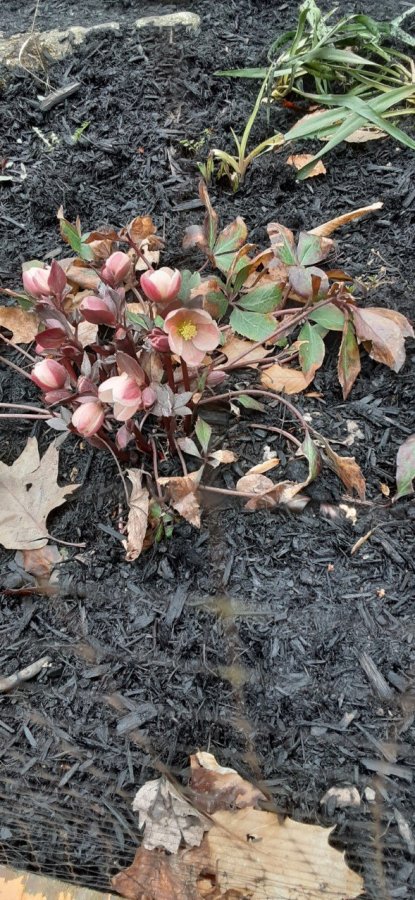
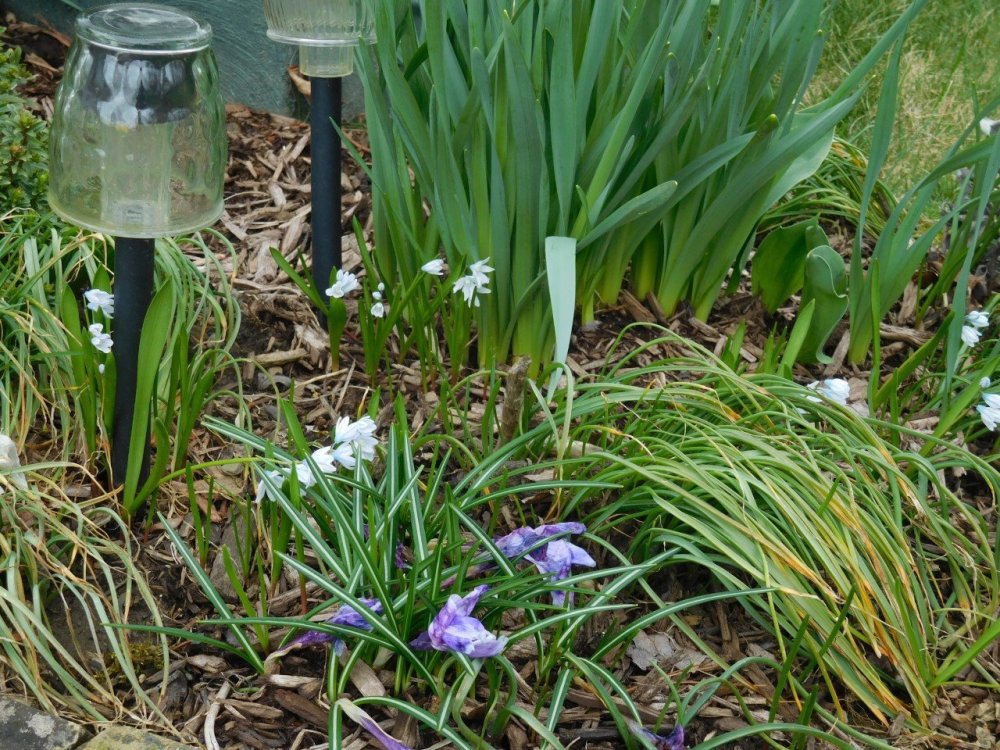
Pepper
in Go Gardening and Nature
Posted
Nice! I just started to get peppers then they stopped for lack of rain. Hoping this will get things started again.